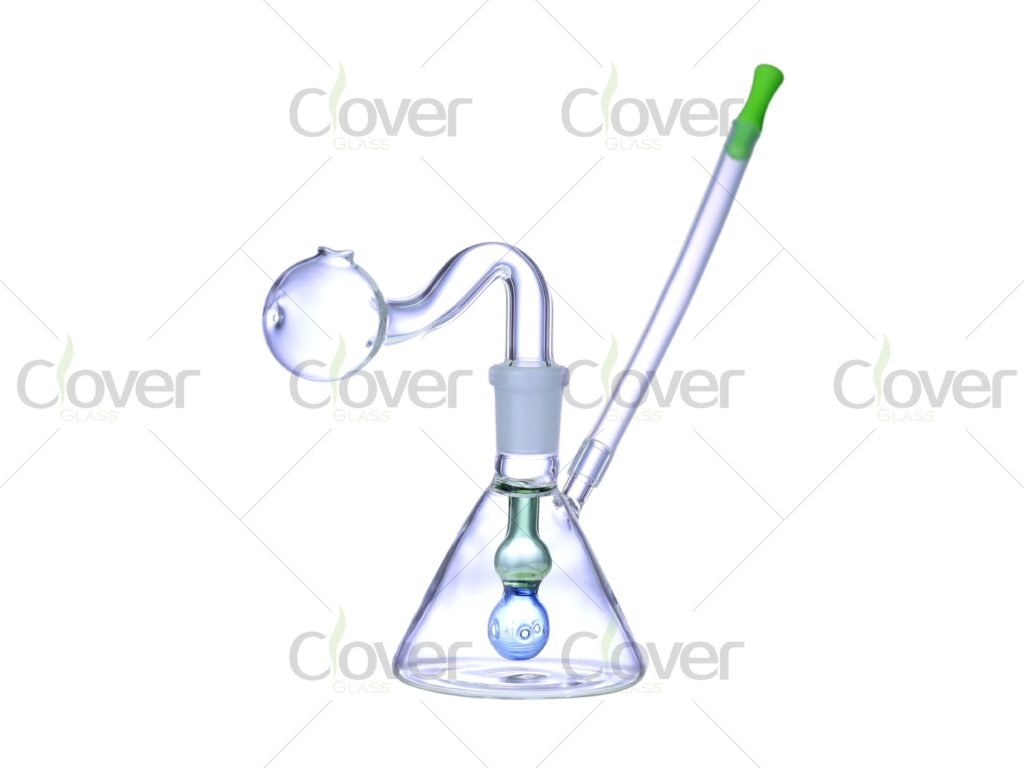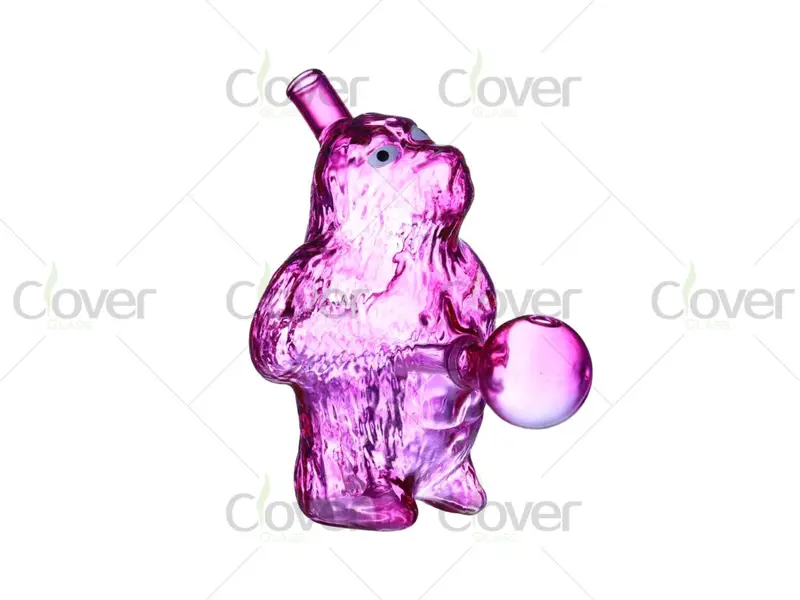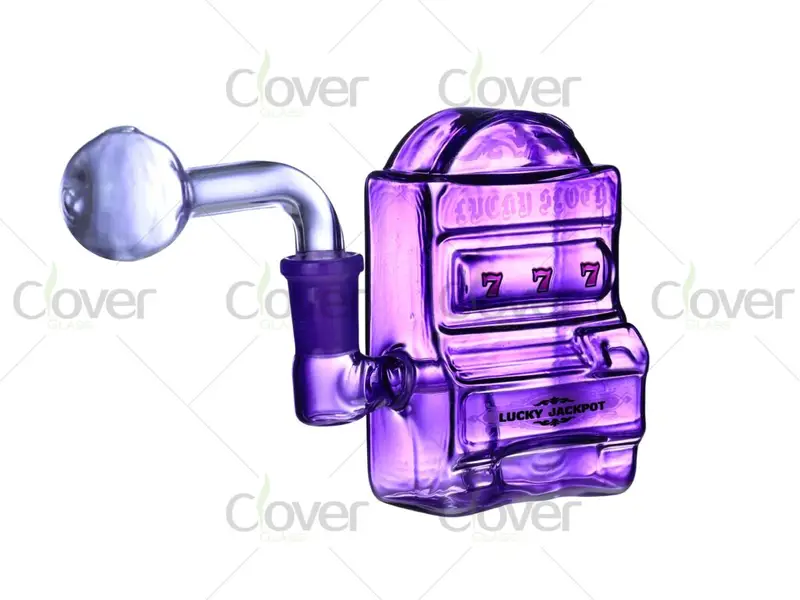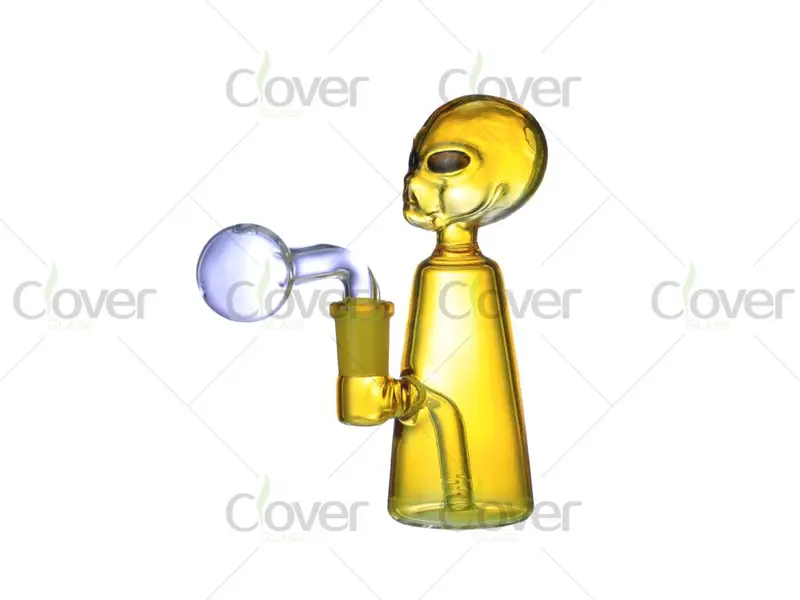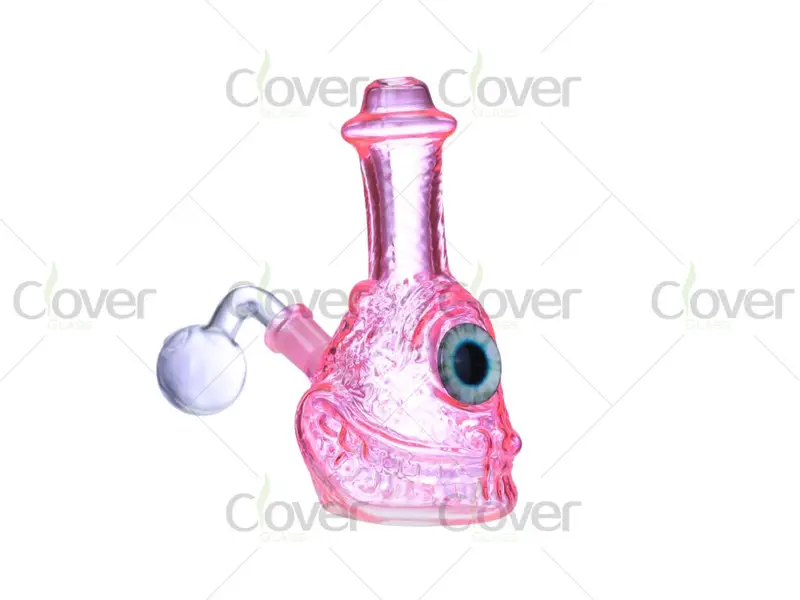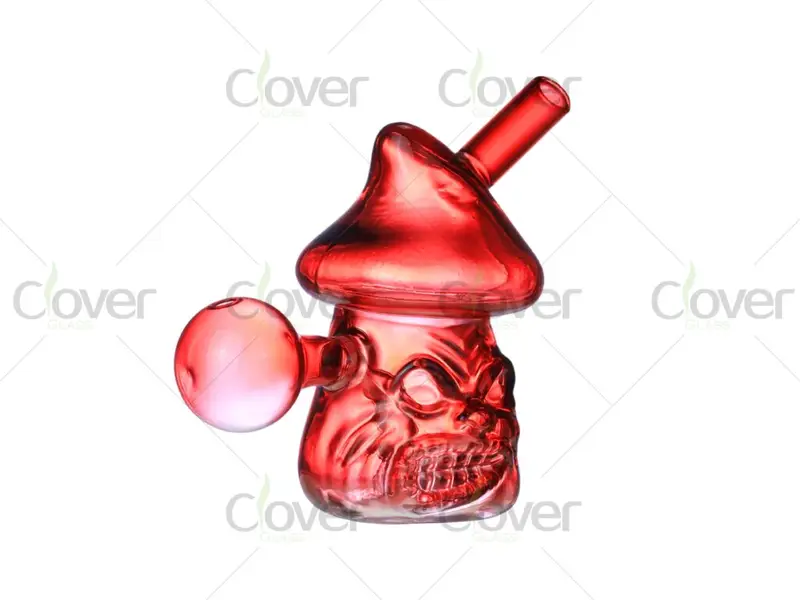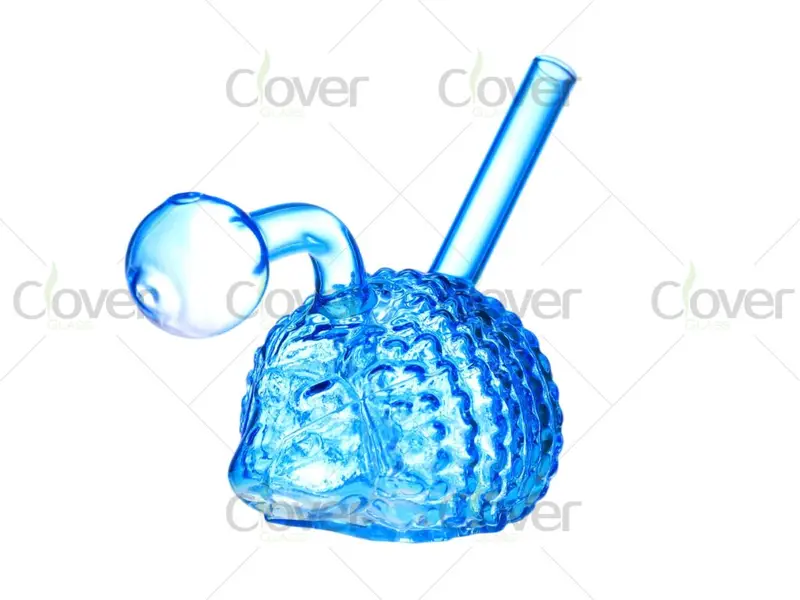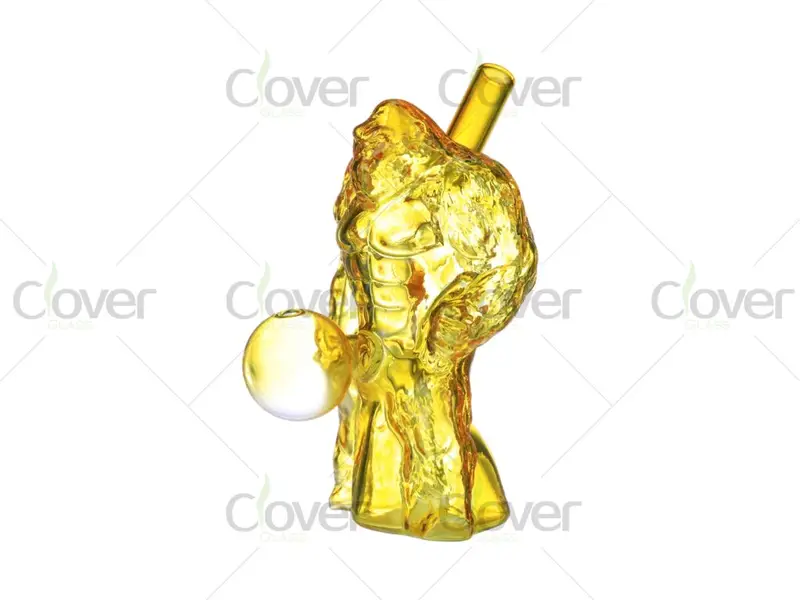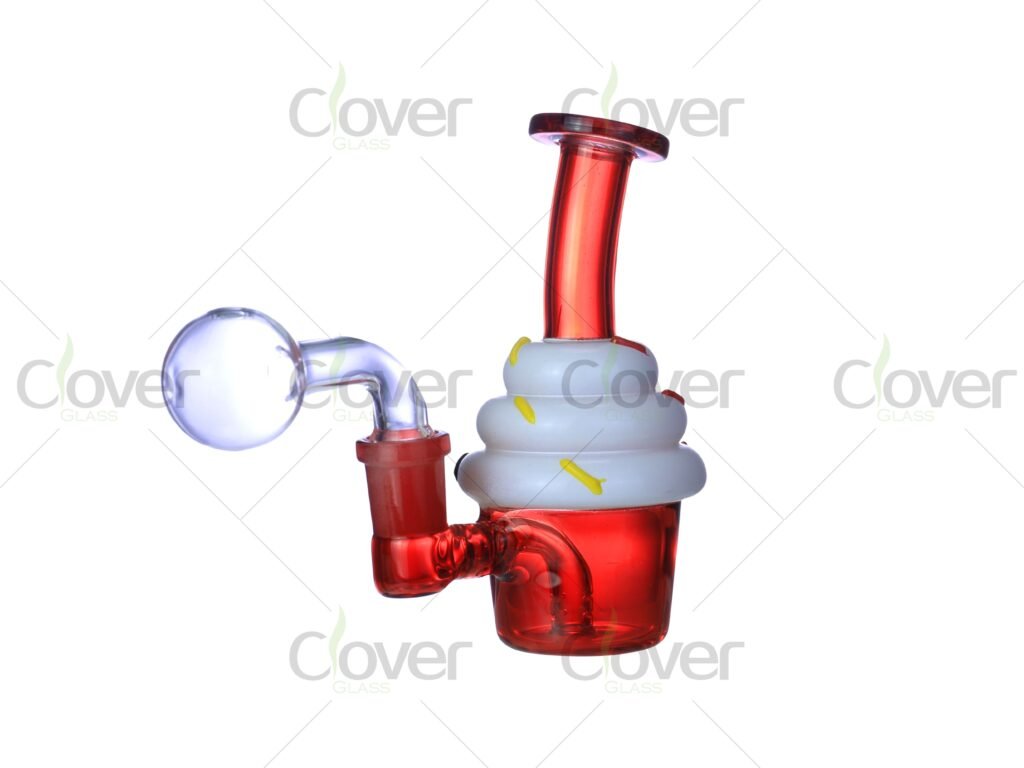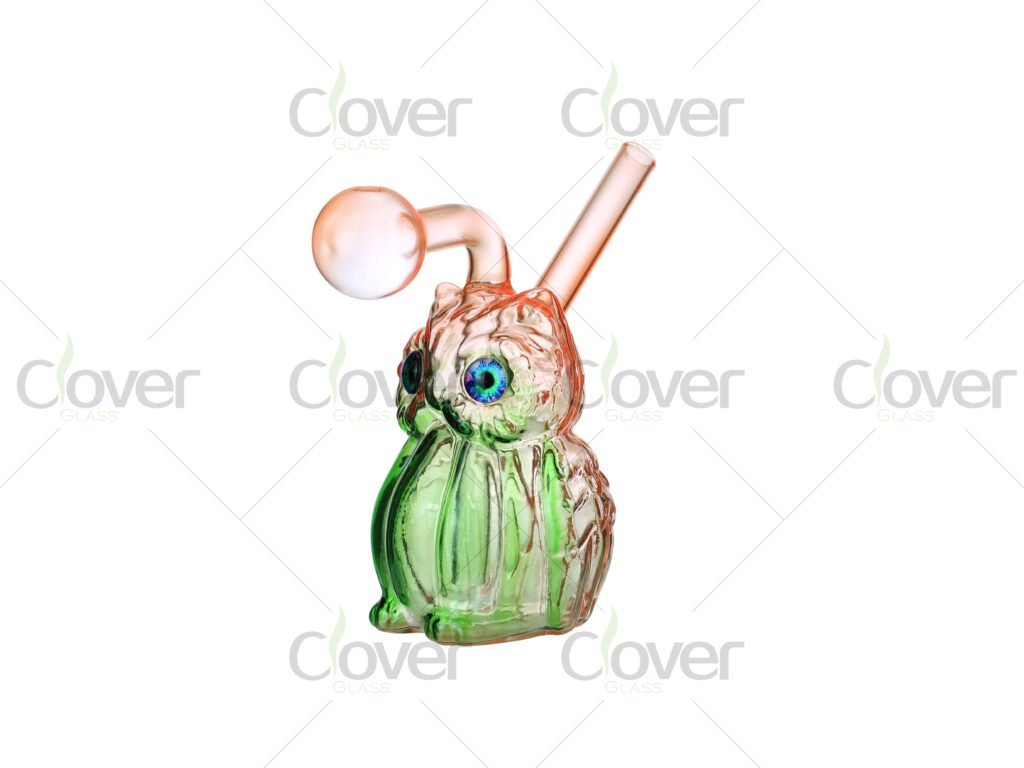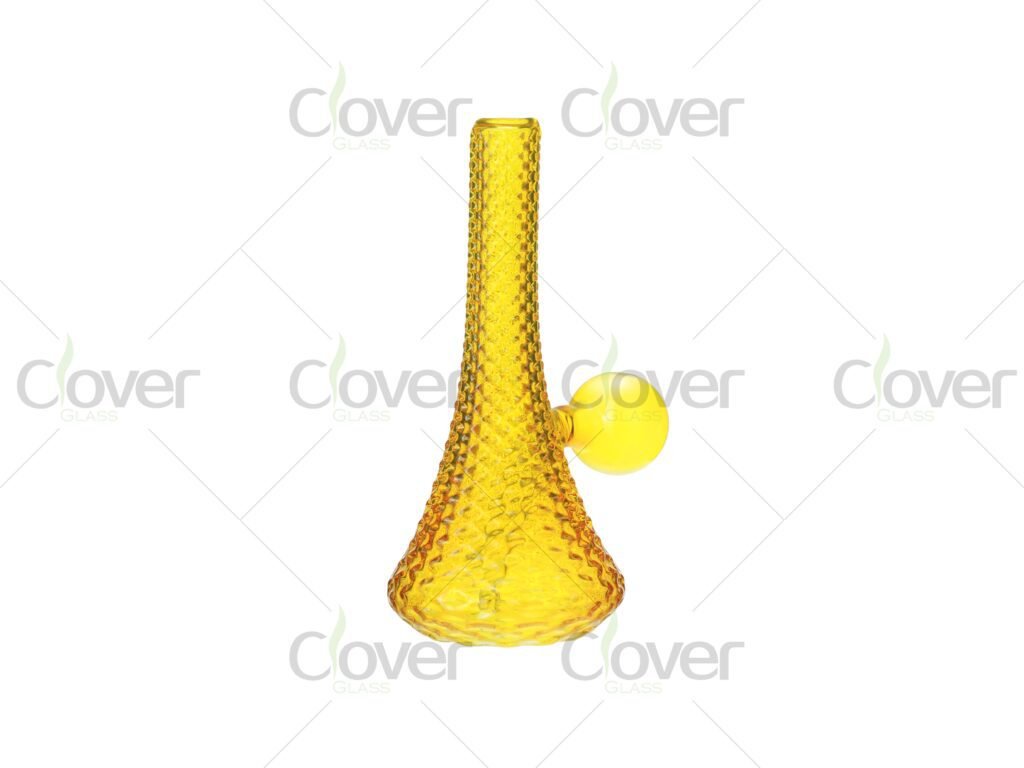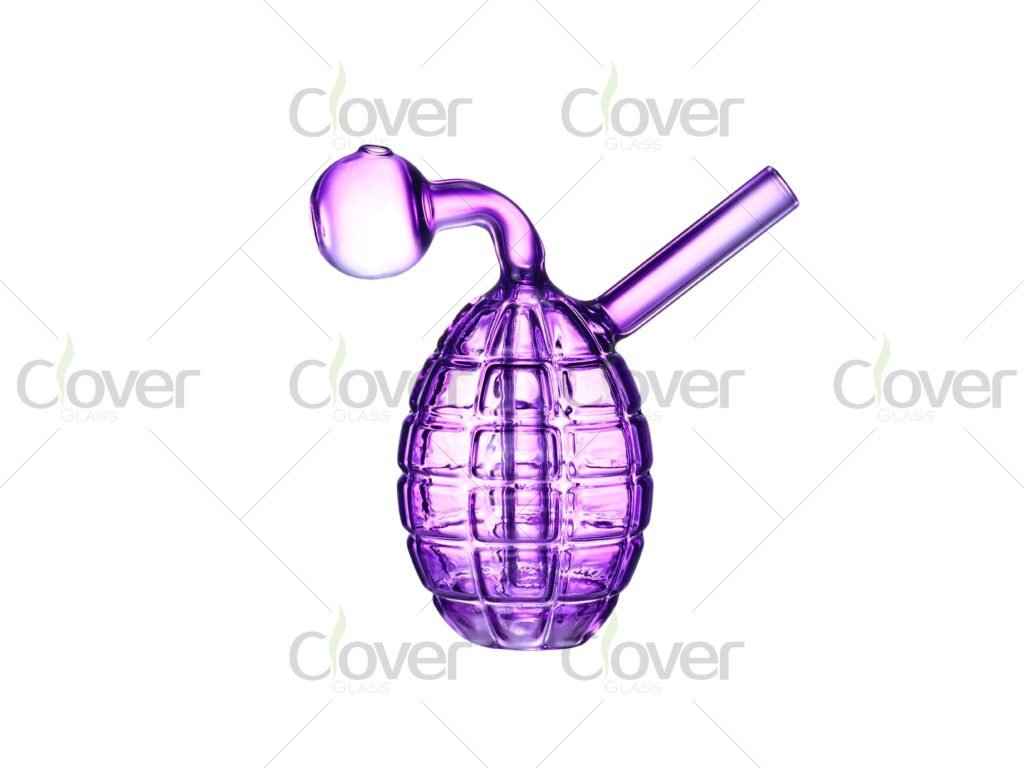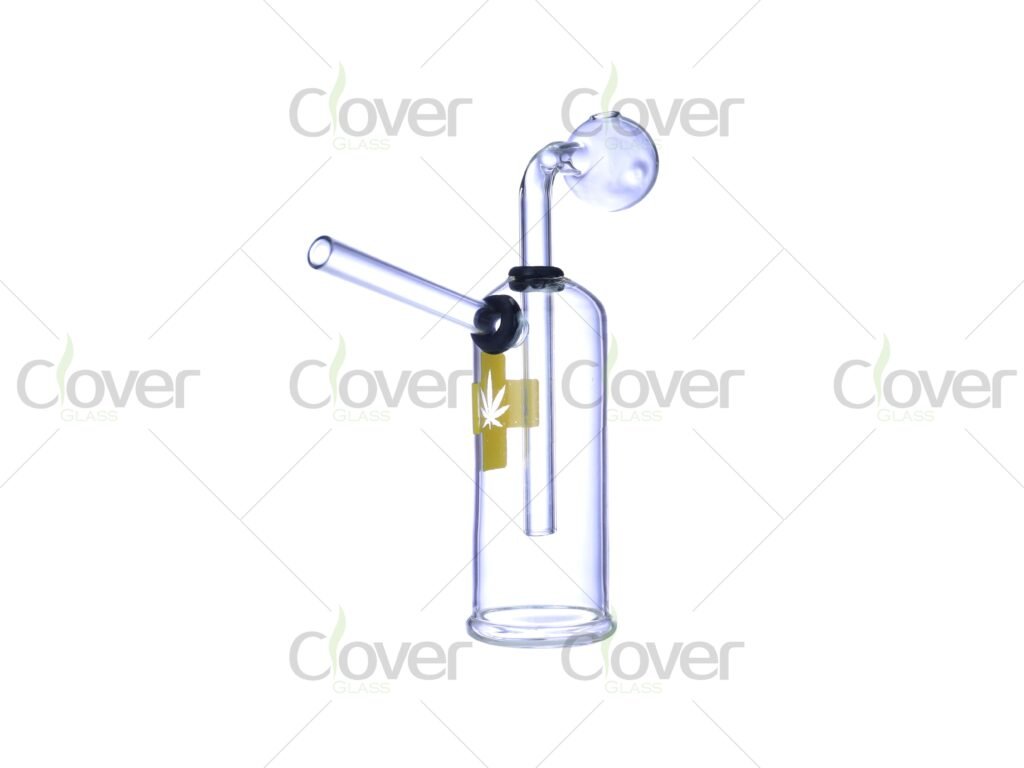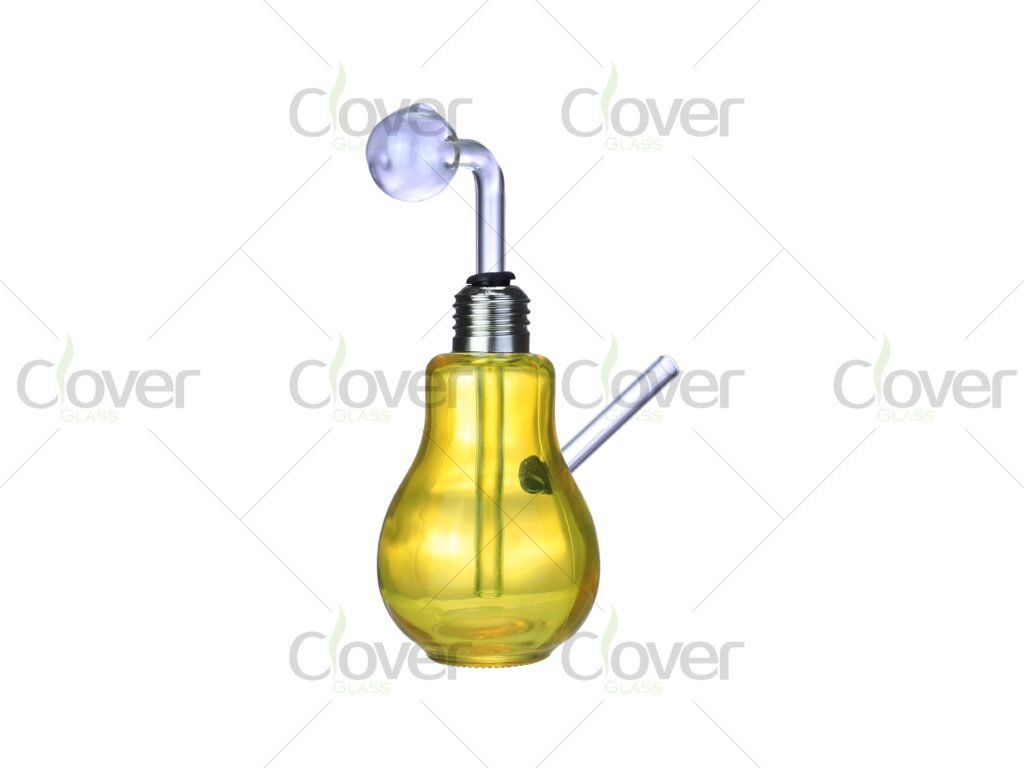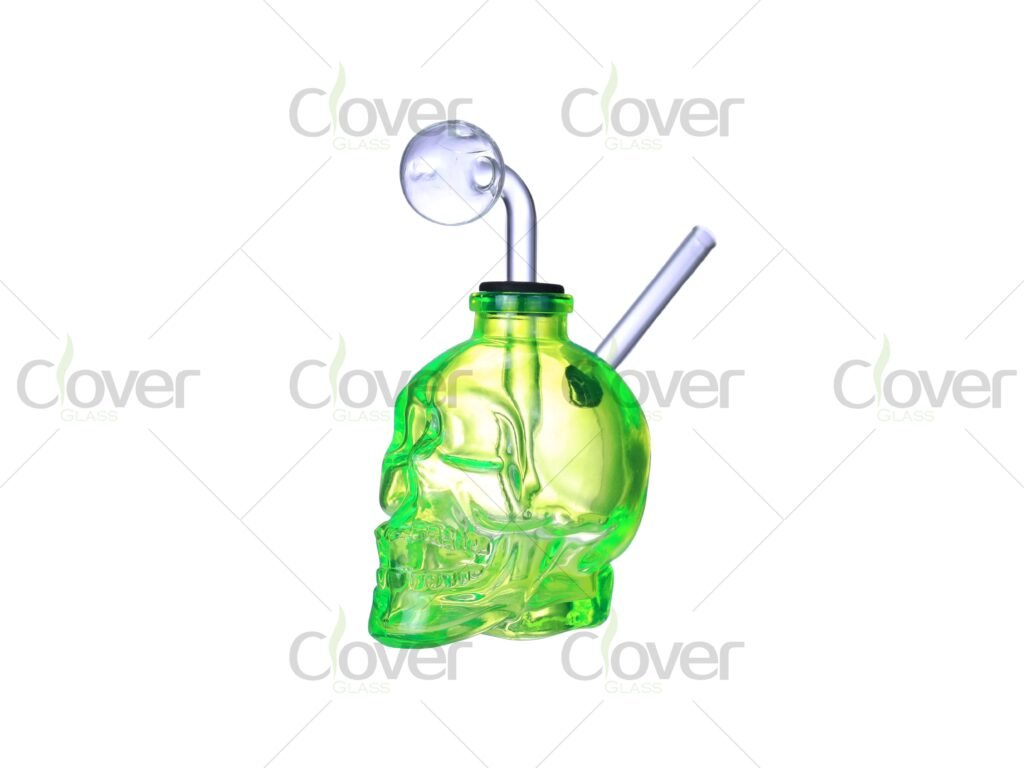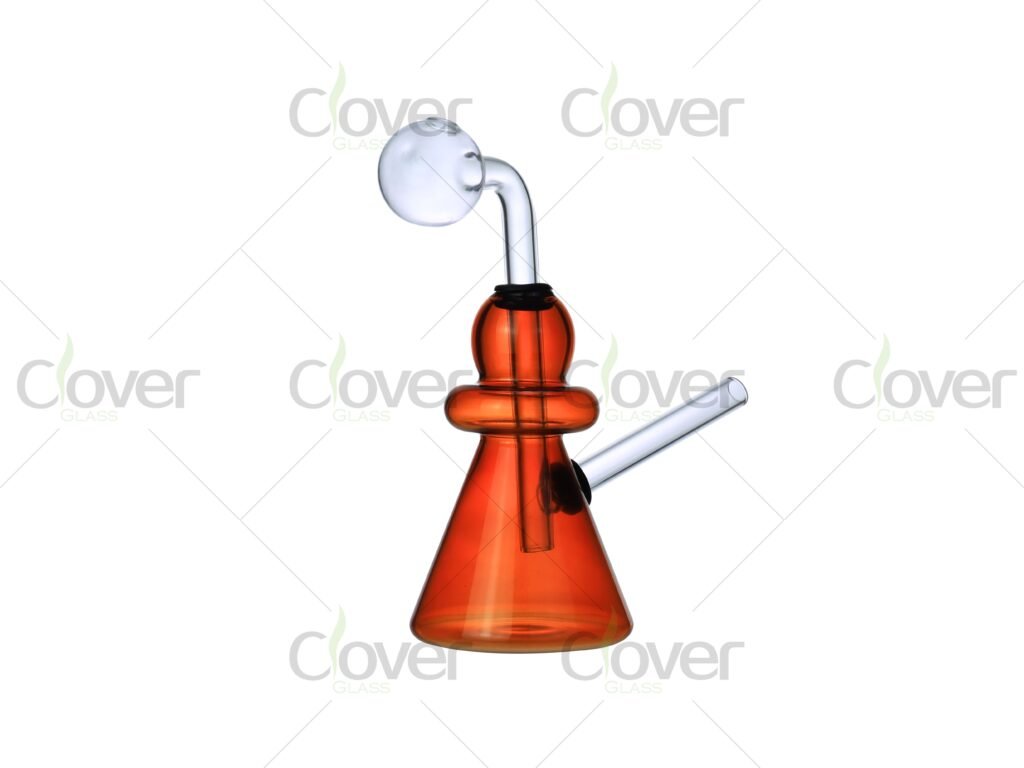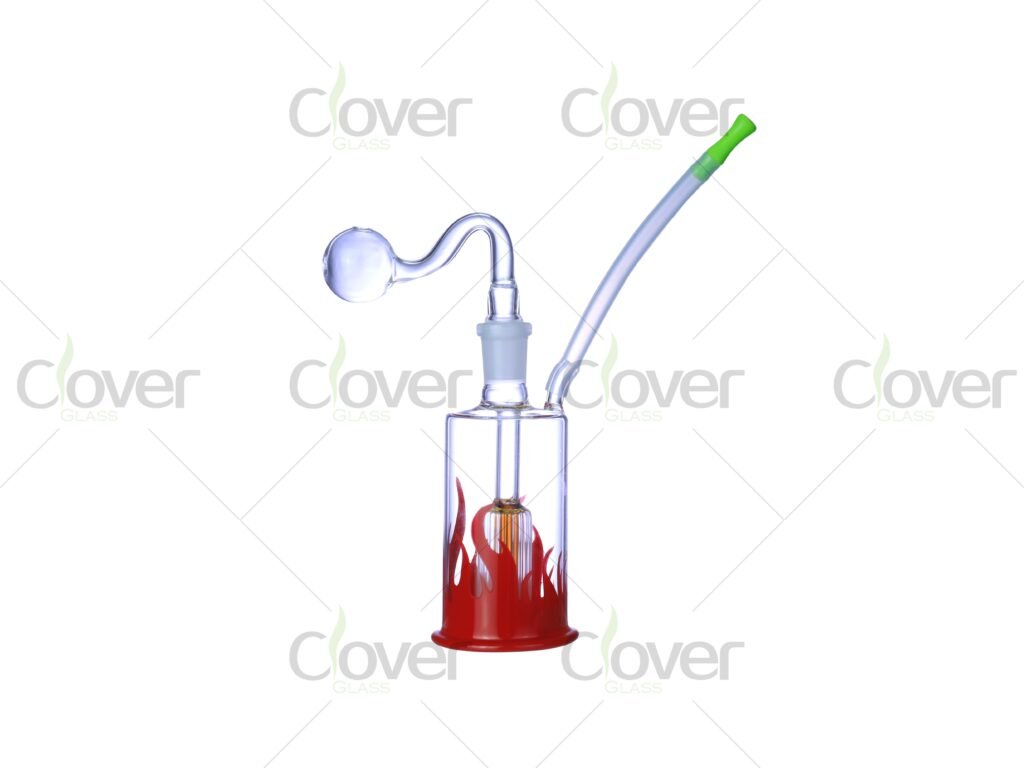What Is a Glass Oil Burner Pipe for Wax?
This guide is for shop owners and wholesalers who sell glass oil burner pipes for wax, rosin, shatter, and distillate. Plain English. No fluff. What to stock, how to demo, and how to avoid returns.

📖 Table of Contents
- What Is a Glass Oil Burner Pipe?
- What is the function of glass heating?
- What is a glass melter called?
- What Is a Glass Oil Burner Pipe Used For?
- Types of Glass Oil Burner Pipes
- Which type is best?
- How do burners work?
What Is a Glass Oil Burner Pipe?
I sell two main materials: borosilicate (great value, clear taste) and quartz (tougher, very clean flavor). The bulb helps store gentle heat. The narrow neck guides the vapor. The goal is simple: vaporize, don't burn.
In our LA warehouse I test every batch with quick heat‑cool cycles. If I see star‑shaped lines on the neck or a rough pinhole, that carton does not ship. If freight breaks a few pieces, send a photo—I credit the same day.
What is the function of glass heating?
Glass acts like a little heat battery. A gentle warm‑up spreads heat across the bulb. After a short rest the surface is friendly to your dab. That's why the vapor feels smoother and tastes better than blasting a red‑hot spot.
What is a glass melter called?
Customers also say oil burner, bubble pipe, concentrate pipe, nectar‑style pipe. Use these tags online, but keep your shelf label clear: Oil Burner Pipe for Wax.
What Is a Glass Oil Burner Pipe Used For?
Shops use it as an entry point before customers move to rigs or e‑devices. It fits pockets, teaches technique fast, and doesn't need chargers. When I train new clerks, I ask them to show the rhythm, not the science. People copy what they see and succeed on the first try.
Customer checklist (card‑ready)
- Warm the bulb while moving the flame; don't hold on one spot.
- Pause for a moment.
- Add a rice‑grain dab.
- Light re‑heat and slow inhale.
- Let it cool before cleaning.
Merchandising tip
Display three clear paths: Try & carry (oil burner pipe), Stronger hit (nectar‑style), Smoother draw (mini rig). This outsells a single "best" recommendation.
Types of Glass Oil Burner Pipes
How I group them
Bulb Oil Burner Pipe (this guide's focus): cheapest, lightest, easiest to teach.
Nectar‑style (quartz or titanium tip): touch the hot tip to the dab; fast, direct.
Mini rig + quartz banger: small water piece; smoother, more "complete" kit.
Choosing questions for staff
- "Do you want something to carry, or to use at home?"
- "Do you like strong and quick, or smooth and gentle?"
- "Gift look or basic tool?"
| Type | Main benefit | Best buyer | Add‑ons to upsell |
|---|---|---|---|
| Bulb Oil Burner Pipe | Lite, cheap, easy | First‑timers, travelers | Heat mat, cleaning kit |
| Nectar‑style | Fast and punchy | Experienced users | Quartz/titanium tips |
| Mini rig set | Smooth and stable | Home use, gifting | Quartz banger, tool set |
QC note
Check neck strength and clean pinholes on bulb pipes; solid weld on nectar tips; snug joints on mini rigs. I reject anything rough or wobbly at the neck.
Which type is best?
There isn't one "best." For easy wins, start with the bulb pipe. For customers chasing a strong, quick hit, show nectar‑style. For those who want comfort and water filtration, point to a mini rig.
How do burners work?
All three follow the same path: warm → short rest → touch the dab → vapor forms → inhale. The difference is how heat reaches the material and how the airflow cools it on the way to your mouth.

7.4-Inch Colored Glass Oil Burner Pipe – Durable Borosilicate Design (Multiple Colors Available)
Read more
Safety & Risk Control for Oil Burner Pipe
Store and customer basics
- Create a small clear zone around the demo area.
- Move the flame. Don't cook one spot.
- If the bulb glows bright red, it's too hot—stop and let it rest.
- Keep away from curtains, paper, and sprays.
- Cool first, then clean. Hot glass and cold water don't mix.
After‑sales
If you ever spot a defect, send a quick photo. I replace or credit—no back‑and‑forth.
Merchandising
Bundle each pipe with a heat mat, cleaning swabs, and a soft pouch. Add a small "How to Use" card. We can OEM every insert with your brand.
Where to place a burner
Use a flat, steady, heat‑safe surface at adult height. Light ventilation is fine; strong drafts are not. Keep lighters and alcohol away from the flame path.
How to choose a quality glass burner
Look for clear glass, smooth pinholes, and a firm neck. Keep two lines: a standard wall for price and a thick wall for demos and heavy use. Quartz earns easy upgrades.
Notes on "Egyptian" style burners
These are decorative bulb pipes. They look fancy, but the rhythm stays the same: warm → rest → tiny dab → light re‑heat → slow inhale. Choose borosilicate or quartz first; beauty without strength is trouble.
Lifespan & Maintenance for Oil Burner Pipe
Care that customers remember
- Let it cool before washing.
- Warm water and a little dish soap solve most residue.
- For stubborn build‑up, soak with isopropyl, then rinse.
- Use wood or silicone tools—no metal scraping.
- Store in a padded slot or pouch.
How I handle QA
I cycle‑warm samples from every batch. If a neck shows hairline lines or the bulb feels loose, I pull the lot for review. If shipping knocks a few pieces, photo → credit the same day.
Stocking tip
Place low‑cost cleaning kits beside the display. They raise basket size and keep taste clean, which means more repeat buyers.
How often should I clean it?
Give it a quick clean every few uses. Do a deeper clean when taste dulls or color darkens. Clean glass = smoother draws and happier customers.
Do oils evaporate?
Yes. Heat turns the dab into vapor and leaves some reclaim. If the reclaim is very dark or sticky, toss it and clean the piece for a fresher next session.
How do I know it's failing?
Watch for spider‑web lines at the neck, a rough or warped pinhole, or a wobbly bulb. If you see any of these, retire the piece and replace it.
Heat Source & Setup for Oil Burner Pipe
Demo flow for staff
- Move the flame around the bulb; don't park it.
- Rest for a moment.
- Add a tiny dab.
- Give a light re‑heat and slow inhale.
- Let the glass cool on its own before cleaning.
Display idea
Print the five steps on a small card and add a QR to download a temperature‑rhythm chart. We can brand both for you.
Do I need to put water in the bulb?
No. Oil burner pipes are dry by design. If a customer wants smoother hits, connect the pipe to a mini water piece with an adapter. Remind them that water cools the surface, so use an even lighter re‑heat.
Conclusion: Oil Burner Pipe Wholesale & Next Steps
I build assortments for sell‑through, not just specs. Start with a clear ladder—bulb pipe → nectar‑style → mini rig. Keep a thick‑wall line and a quartz upgrade. Add a heat mat, cleaning kit, and simple instruction card to every sale. We stock in LA for fast ship, back you with photo → credit after‑sales, and turn OEM sleeves/cards in 20–25 days. If you want a private‑label starter kit, I'll build it.
❓ FAQ: Oil Burner Pipe Basics
Q1: Oil burner pipe vs. dab rig—what's the difference?
A bulb pipe is light, cheap, and easy to teach. A rig is smoother and more stable but bigger and pricier. Many customers start with the pipe and upgrade later.
Q2: Borosilicate vs. quartz—how do I choose?
Borosilicate is great value and easy to clean. Quartz is tougher and very clean‑tasting. Stock both: volume with boro; upgrades and gifts with quartz.
Q3: My customer coughs—what should I change?
Usually it's too hot or too much dab. Use a smaller amount, warm more gently, and inhale slowly. A mini water piece can also help.
Q4: Can I rinse it right after use?
Let it cool first. Hot glass and cold water crack fast. A few minutes of patience saves the piece.
Q5: What should a first order include?
Standard and thick‑wall bulb pipes, a quartz upgrade line, a few nectar‑style tips, a small rig set, plus heat mats, cleaning kits, and soft pouches. Samples can ship from LA quickly.
🚀 Get Quotes & Samples for Oil Burner Pipe
Ready to stock quality glass oil burner pipes for wax? We offer wholesale pricing, fast LA shipping, and comprehensive support.
Email: Frank@CloverPipe.com | LA Stock: 3-5 day shipping | OEM: 20-25 day delivery

